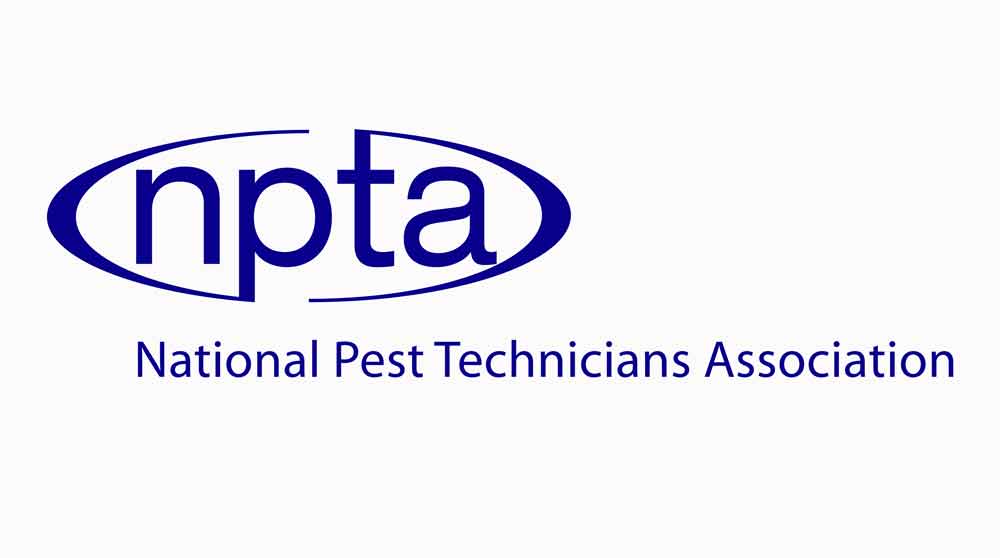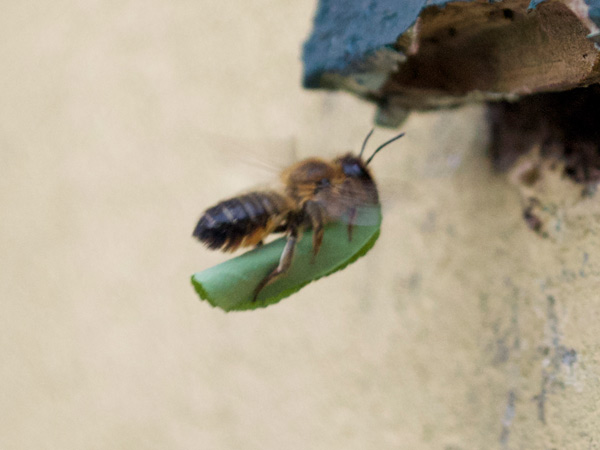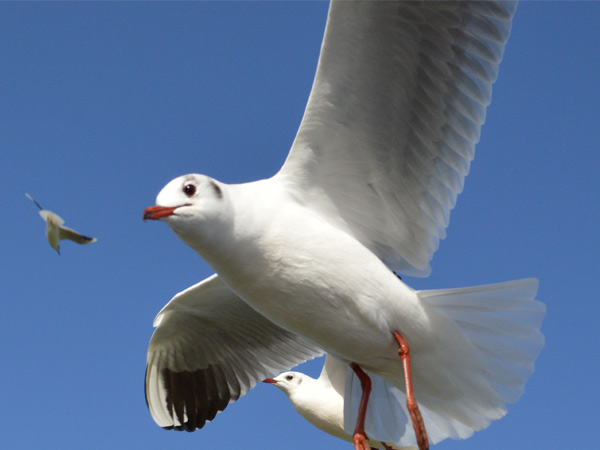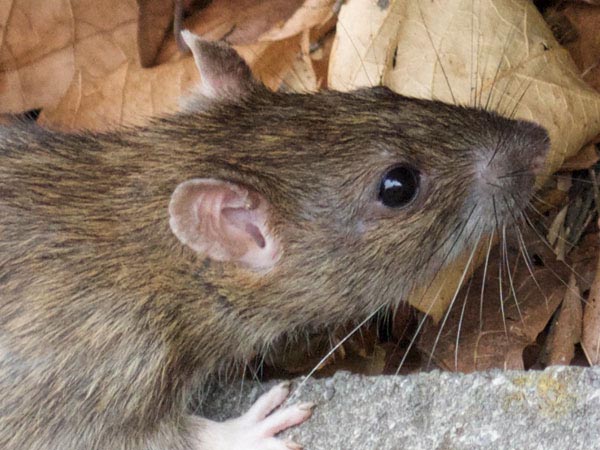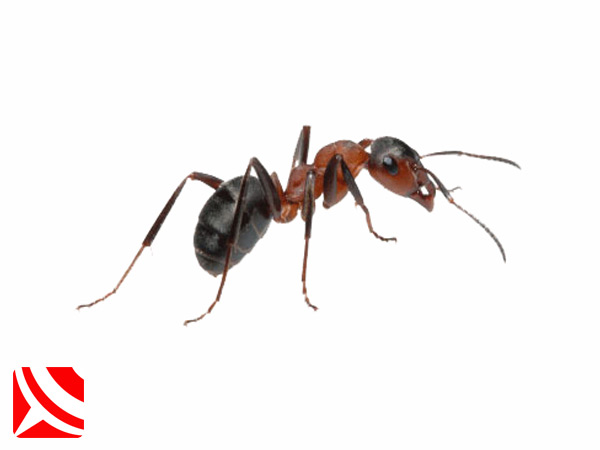How to Get Rid of Woodlice: 0117 303 5181
Woodlice - The Facts - The Truth - The Answers
What Other Names Are Woodlice Known As?
Woodlice are is an isopod crustaceans found in most parts of the world and are called different names depending on where they are found. These include:
> Woodlice - Worldwide
> Pill Beetle - UK - but not all species can roll into a ball!
> Granfers - Cornwall
> Cheesy Bob - Surrey
> Slaters - Australia
When you really look closely into these insects online you quickly become aware that there are hundreds of names associated with Wood Lice. This only begs the question: Do humans have a secret affection for them? We wonder.
What Are Woodlice?
Woodlice are invertebrates meaning they don't have a spine and instead have their bones or in their case, plates on the outside. These armour plated bugs are very common and thousands of species exist worldwide in almost every environment.
In the UK however we have around 50 species, depending on which resource you would like to believe - lets just say we have oodles, but only a handful that we see day to day, probably just five species we could describe as common, nationwide.
Are Woodlice Crustaceans?
Yes - they are crustaceans known as Isopods, with seven pairs of jointed limbs and other appendages they use for respiration! Isopods have been around for over three hundred million years. Fossil records show they have been around since the Devonian period when fish first began to appear in our seas.
What Do Woodlice Eat?
Woodlice Feed on and effectively recycle decomposing plant material and wood, preferring damp environments where they can thrive. Many woodlice find their way into our occupied areas and present as a nuisance.
The Woodlouse also likes wall paper and we've seen a few cases where expensive wall paper has been devoured by large populations.
What we usually see is dead woodlice that have been unable to find shelter once emerging into our heated and poorly ventilated homes. Most cannot tolerate dry environments, but in other parts of the world, woodlice have qualities that help them survive hostile, warm environments with ease.
Do Woodlice Bite?
No - Woodlice do not bite and are not harmful to humans although you wouldnt want to eat a woodlouse. Please don't worry, you are quite safe.
Do Woodlice Carry Disease?
No - These are not implicated widely as creatures that are medically important vectors of disease. All creatures have the potential to spread and carry pathogenic microorganisms, but we have had no reports that woodlice carry anything that could make you sick.
What Predators Do Woodlice Have?
The woodlouse however inconspicuous and unsavory it might look, it seems it has many predators. Woodlice have a habit of living in clusters or groups and this would make sense as it makes them safer.
The main predators include: The woodlouse spider, Reptiles, Toads, centipedes and Birds.
What Do Woodlice Drink?
Water. Both through mouth parts and in their food.
Do Woodlice Have Larvae?
No - Woodlice develop inside a pouch before emerging after as much as three months, as miniature versions of the adult. As the wood louse grows it goes through a series of moults where it sheds its hard exoskeleton to reveal a new and larger white exoskeleton beneath.
During this time they are not protected by a hard outer shell and can fall prey to predators that include other woodlice!

